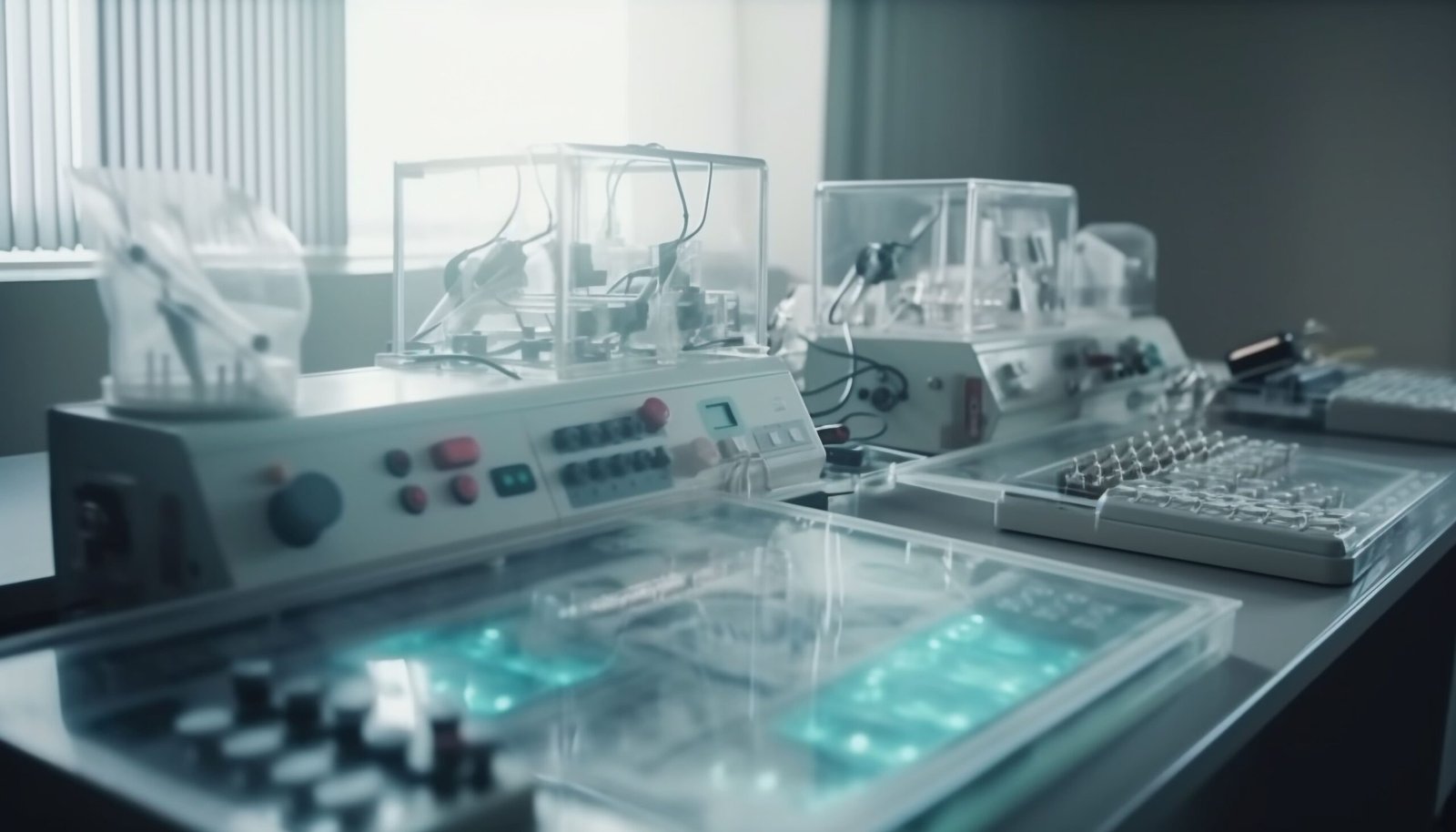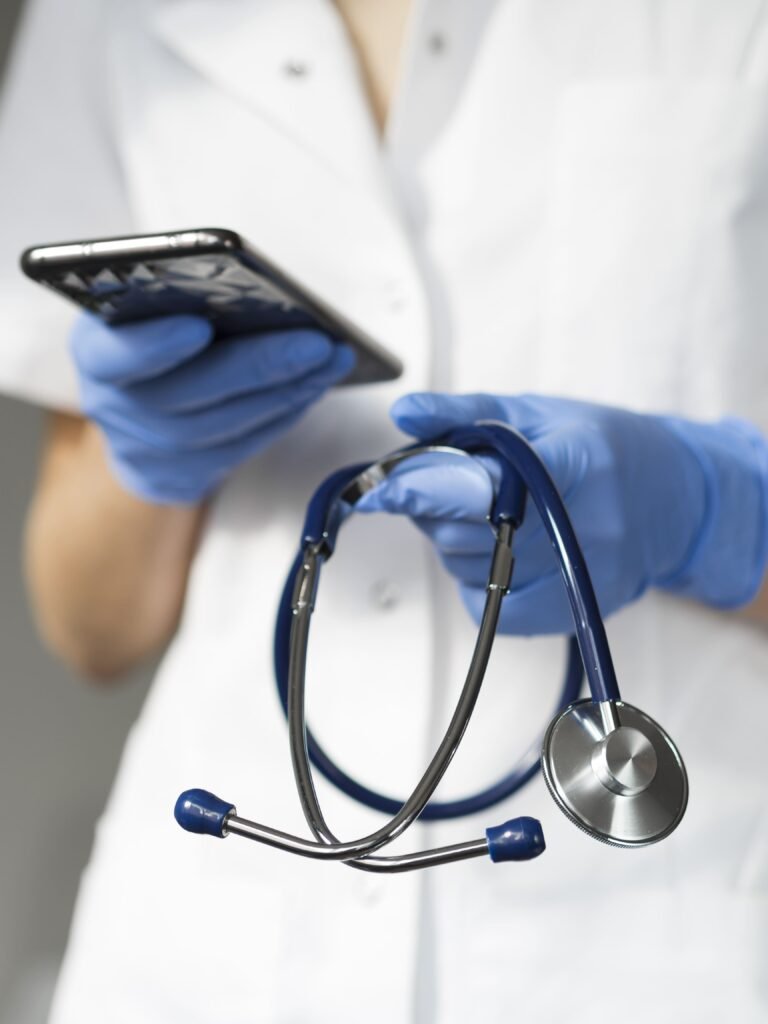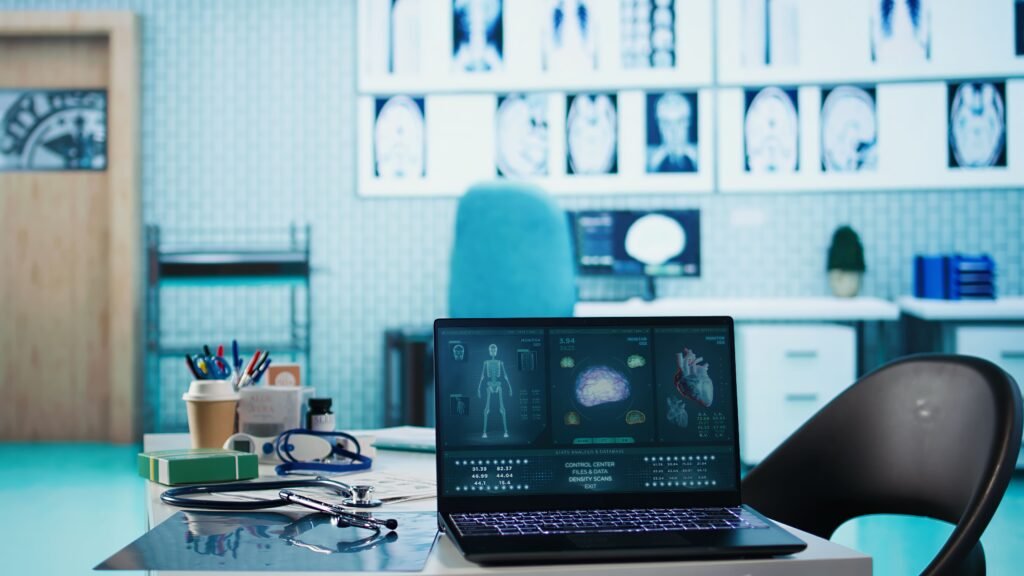BEP and BER for Medical Devices
The lack of a well-structured BEP and BER can block your FDA submission!
Biological evaluation planning and reports ready to meet FDA requirements.
Aligned with
ISO 10993 and FDA


Proven Biological Safety – Without Delays
Are you planning to register your medical device with the FDA? Before reaching the market, your product must undergo a rigorous evaluation to prove its biological safety, with the BEP and the BER!
While the BEP (Biological Evaluation Plan) defines the strategy and the necessary tests for your medical device, the BER (Biological Evaluation Report) gathers the results and conclusions that prove the product’s safety.
Who needs a BEP and BER
Devices in development:
Products in the design and development phase that require a structured biological evaluation plan.
Human-contact devices:
All medical devices that must demonstrate robust biocompatibility in accordance with ISO 10993 and FDA guidance.
Foreign manufacturers:
Companies outside the U.S. that need proper documentation to obtain FDA clearance or approval.
Already cleared devices:
Products previously authorized by the FDA that require updated or supplemental biological evaluation due to design, material, or manufacturing changes.
Devices under FDA review:
Submissions that have received additional information (AI) requests and must provide evidence of biological safety.
Your Medical Device in Compliance with FDA and ISO 10993

Medical Devices
Regulatory alignment:
Compliance with FDA guidance, ISO 10993, and international standards.
Medical Devices
Cost efficiency:
Perform only the necessary tests, reducing unnecessary expenses.
Medical Devices
Faster submissions:
With complete and audit-ready documentation, your FDA review process is smoother.
Medical Devices
Scientific approach:
Literature reviews, chemical analyses, and historical data to justify safety.
Medical Devices
Tailored strategy:
Each device receives a customized biological evaluation.
Medical Devices
Regulatory support:
If the FDA requests clarifications, we are ready to respond.
Contact Us
We would love to speak with you.
Feel free to reach out using the below details.
FAQ
The FDA does not formally require documents called “BEP” or “BER.” However, a biological evaluation plan is strongly recommended to define your testing strategy, and a biological evaluation report (also known as a biological safety evaluation report) is essential to consolidate the evidence required for FDA review.
On the contrary, a well-prepared BEP and BER actually accelerate the process, since they minimize the risk of FDA questions or additional information (AI) requests.
Yes. FDA guidance aligned with ISO 10993 allows the use of scientific literature, historical use, and chemical characterization to justify biological safety, when appropriate. We prioritize a risk-based approach that avoids unnecessary testing.
It depends. The FDA may accept international data if aligned with ISO 10993 and FDA guidance. However, documents often need to be reformatted or supplemented to meet FDA requirements.
No. Isolated test reports are not sufficient. A complete biological evaluation report is required to integrate toxicology data, risk analysis, and scientific justification in the context of your specific device.
That is common. A biological evaluation plan shows which data can already be used and which gaps remain. In many cases, we can provide scientific justification to waive unnecessary testing.
The timeline depends on the complexity of the device and the availability of existing data. With organized documentation, we provide a clear schedule tailored to your FDA submission pathway (e.g., 510(k), PMA, De Novo).
We can perform a critical review of your report, adapting it to FDA requirements and increasing the chances of acceptance without costly rework.

